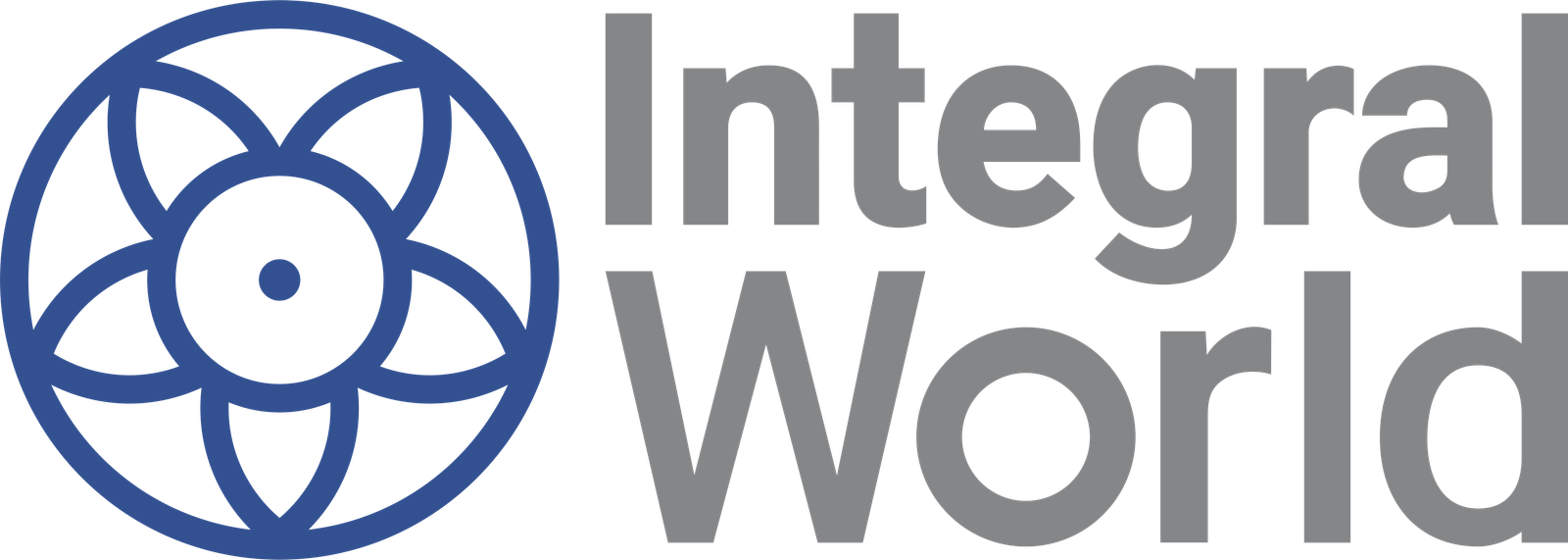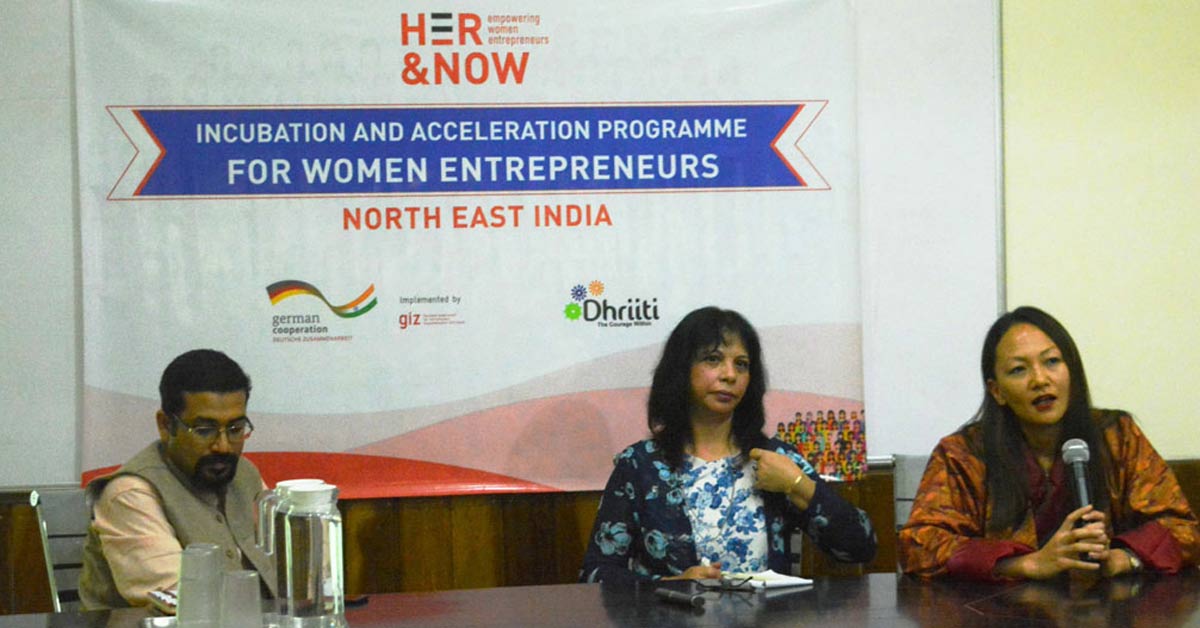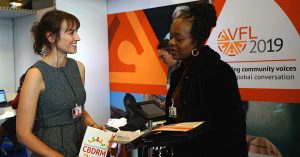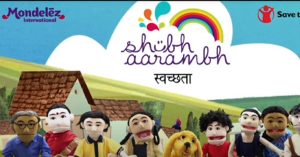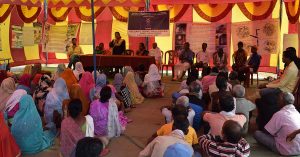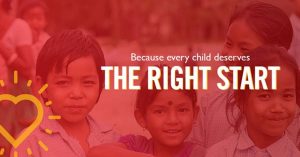Partner: Deutsche Gesellschaft für Internationale Zusammenarbeit (GIZ)
Sector: Foundation
Location: Assam, Rajasthan and Telangana
Language: English
SDGs: Goal 4: Quality Education, Goal 5: Gender Equality, Goal 8: Decent Work and Economic Growth Goal 10: Reduced Inequality, Goal11: Sustainable Cities and Communities, Goal 17: Partnerships to achieve the Goal
Funded By: German Ministry for Economic Cooperation and Development (BMZ)
Implemented: 2018-2021
Enabling Economic Empowerment of Women Entrepreneurs
The Deutsche Gesellschaft für Internationale Zusammenarbeit (GIZ), on behalf of the German Ministry for Economic Cooperation and Development (BMZ), is implementing a project titled “Economic Empowerment of Women Entrepreneurs” . This project, which falls under GIZ’s “Sustainable Economic Development” thematic area, seeks to support the Indian Ministry of Skill Development and Entrepreneurship (MoSDE) in improving the overall framework conditions for women-led businesses in India in order to increase the share of women entrepreneurs in the country.
The project advises the MoSDE on how to increase access of women to government support programmes for entrepreneurs, with the aim of strengthening incubation support for women wanting to start businesses as well as women entrepreneurs wanting to scale up their businesses. The project covers three states of India, viz. Assam, Rajasthan and Telangana over a duration of three years (2018-2021). A key part of the project is a media campaign targeted at raising public awareness about the potential and the role of economically active women in India.
Raising awareness of, and potential for, women entrepreneurship
Through this project, GIZ seeks to support India’s Ministry of Skill Development and Entrepreneurship (MoSDE) in improving the overall framework conditions for women-led businesses in India and thereby encourage more women to take up entrepreneurship across the country.
Among the four areas of the action of GIZ’s project is the media campaign through which the project aims to achieve critical impact. This communication campaign also aims to raise awareness and increase recognition/acceptance of economically active women among the target communities – focusing on women entrepreneurs but also including working women in general. Through this, the project seeks to contribute to changing gender stereotypes and to gender equality in India.
A series of workshops were held wherein GIZ’s project team and THOTIN’s strategy team brainstormed towards analysing the context; identifying the problems and potential solutions; zeroing in on target audiences; and outlining an appropriate course of action. All of these processes were aimed at enhancing the chances of achieving campaign goals.
Positioning: Analysing the target audience, creating value propositions
In India, traditional gender perceptions and responsibilities work to restrict women’s movement, instead burdening them with care work and household obligations. Personal safety is also a significant concern for women, who are prone to facing harassment at home as well as outside. Institutional support and government schemes designed to promote entrepreneurship often fail to take into account the challenges faced particularly by women.
Given these hurdles, few women take up entrepreneurship – only 14 percent of all Indian enterprises are run by women. Further, women-run businesses are largely informal – without registration, and restricted to a few sectors. This affects their ability to upscale or expand their business and employ more people. Women entrepreneurs also have limited access to funding, bank loans, and other sources of investment. Another obstacle for women is the lack of business networks through which to access markets and build business.
Analysing the ecosystem of women entrepreneurs and understanding the various audience layers allows us to build out a media campaign that is nuanced in its targeting and specific in its messaging. This brings out such complexities as the kind of support available to successful women entrepreneurs on the one hand, and the societal and family issues hindering other women from succeeding similarly – and how to address each of these groups through media messages. The success of women entrepreneurs also has implications for their society, which in turn necessitates a dynamic communication that factors in such changing circumstances. When positioning media messages, it is therefore necessary to gauge the current situation of not only women entrepreneurs but also the people in their immediate surroundings so as to ensure accurate and relevant targeting.
In ideating about our campaign’s target audience, we identified 5 audience groups, towards whom we focused the messaging tactics and content. To provide a visual guide to the specificity of ideas, we evolved a three-tier circular model. The most generalized categories were placed in the outermost rim, while the finalized target audience groups would be listed in the innermost circle. We finalized the following five audience groups, which form the campaign’s final focus group.
- Spouses
- Parents/father of students pursuing higher education
- Students pursuing higher education
- Employed women
- Unemployed women (in their 40s)
Each target group was then individually assessed along such parameters as demography, environment/influences, interests, needs, understanding of women’s empowerment and entrepreneurship, communication channels and expectations. From this assessment we were able to identify specific audience layers such as self-employed, college-graduated spouses aged 30 years being the preferred target within that group, even allowing for spill overs. Likewise, looking at parents of students pursuing higher education, it was more sensible to approach the fathers given the patriarchal nature of society wherein the fathers are likely to have the strongest say over their unmarried daughters’ life decisions.
Lastly, we personified the target groups and assigned a name to each of them, considering them to be one individual. The target groups were subsequently described solely by the chosen names (listed below).
- Spouses: Vikas (30, male)
- Students pursuing higher education: Diya (22, female)
- Parents/ fathers of students pursuing higher education: Ramesh (50, male)
- Employed women: Neha (30, female)
- Unemployed women (in their 40s): Anita (40, female)
Each member of the target audience needs to feel personally recognized and empowered through the change – at the very least, they need to sense a certain positive for them in the transformation. This requires communicating a strong, specific value proposition targeted at each group. As an exercise in developing such a specific value proposition, we created several permutations from the expectations of each target audience group and campaign focus. These permutations were intended to be a brief for the creative agency working on the media campaign and also guided the campaign’s messaging. For example, the value proposition for Vikas is tailored as below:
Creating an enabling environment for his wife to succeed in her venture will eventually help Vikas share the financial burden thanks to the benefits from her business. The care burden can be distributed among them as she is also earning and supporting the family financially. As she doing her own business, she can visualise her possibilities at individual level and her business will grow as a result. This will also boost her agency, as she now has a say in the family’s financial decision-making. Entrepreneurship will also build his wife’s self-confidence encouraging further progress and making her a role model for others.
The success his wife achieves as an entrepreneur also helps Vikas earn recognition as a supportive, progressive husband and someone open to rethinking gender roles. By taking on the care-burden from his wife, Vikas can help break the stereotype that women alone must be caregivers while men put the bread on the table. In turn, he can become an inspiration for his peers in providing an enabling environment for the women in their families to become entrepreneurs themselves. Vikas can also assist his wife by sharing her success stories with the broader community and encouraging her to be a role model to younger women within and outside the family, which also puts Vikas in the spotlight as the spouse of an empowered woman.
The fact that both Vikas and his wife contribute financially to the household helps better their social status, as their access to wealth and, consequently, affordability goes up. The availability of extra funds will help support their children better as well. Not only do they become aspirational consumers, Vikas’s wife can now look to upgrade her skills by undergoing relevant training and thus expand her business. This would boost her self-confidence and heighten her agency as she can now look to employ other women and broaden her business and social networks.
Promotions: Engaging the audience through personal connections
We needed to design a promotion that would be the perfect vehicle for conveying the media message to the various target audience groups in a largely receptive manner. Such a promotion would also translate the campaign goal into a relatable hook with which the audience member finds a personally beneficial connection, and would therefore need to be unique for each audience group.
Simply stated, the goal of the campaign is Raise Awareness of the Role of Women Entrepreneurship, wherein women entrepreneurs are seen succeeding and/or as leaders. This larger purpose was tentatively translated as the “brand promise” WE Shine – the WE also being an acronym for women entrepreneurship. Based on this, the following brand voices were developed for the various campaign objectives:
- Encourage aspiring women entrepreneurs by showing them possibilities: Rise to Shine
- Showcase success stories of women entrepreneurs: Let the Shining Stars Lead You
- Highlight the problems and role of family and community in enabling women entrepreneurs: Be the Light
- Spread awareness of the impact/contribution of women entrepreneurs towards family and society: When You Shine, Society Shines
The next step involves developing a sound messaging tactic, for which we adopted a messaging funnel structure which allows dissecting the six stages of messaging. The first two stages form the pre-contemplation phase, in which the first contact is established. The contemplation phase, comprising the next two stages, involves familiarizing the audience with the brand even if they are not entirely convinced by the message. It is in the final two stages – the action phase – that the audience is convinced enough to start promoting the message.
Setting up milestones for messaging, even simply along the six stages discussed above allowed us to approximate the size of our target groups, as we factored in the expected drop-offs at an estimated 90 per cent and worked backwards from the absolute minimum number of audience members we expected to adopt our campaign, i.e. 50, by the second quarter of 2020 which is when the film festival is scheduled.
Stage 1 (Awareness): We reach out to the audience for the first time ever, setting a target of 50 lakhs (i.e. 10 lakh people from each of the five target audience groups), or about 15 lakh people across three locations. This is set to happen during Q3 2019.
Stage 2 (Attention): By this stage, 10% of the audience members from the previous stage, or ~5 lakh people, will have assigned a recall value to the brand, again by Q3 2019.
Stage 3 (Attraction): The audience, now numbering about 50,000, is now curious about the brand and begins to passively engage with it. The time-frame for this engagement is Q4 2019.
Stage 4 (Approval): As engagement deepens, audience members “like” and share posts and stories about the brand. Our target population for this stage is 5,000 people, with a time-frame of Q4 2019.
Stage 5 (Action): During this stage, audience members are invited to events. Although targeted at 500 people, the expected film-screening (slated for Q1 2020) audience is ~1,500 people.
Stage 6 (Advocate): This is the final stage, with the audience now advocating and actively engaging with the cause. The group, now comprising 150 members (keeping the 1,500 audience from the previous stage) joins a network to access knowledge and resources. This network is additionally supported by CSR teams, which could incubate the group. The winning business ideas could feature in a competition and win an award. The time-frame was scheduled as Q2 2020.
Further, for each of the stages discussed above, we identified various media channels that can be leveraged. E.g. for Stage 1 (Awareness), the potential media channels include viral videos (ad films), photo-stories, local festivities, local sporting events, a project launch event, social media influencers, radio programs, cinema ads, MSDE publicity, call for proposals, mall engagement activities, university engagement activities, flash mob, and FEBI.
Planning: Driving successful media campaign execution
A media campaign requires several kinds of expertise which can only be provided by specialized agencies, who also bring their inputs into the execution. Whether strategizing or designing promotions, crafting messages or shaping them for specific social media channels, each aspect of the campaign is an area of expertise by itself. Tying all of this together cohesively, and coherently, can often make the difference in terms of the campaign’s success. Balancing such a coordination can require full-time campaign management, which also necessitates maintaining a calendar to track all campaign aspects and ensures the project can be overseen efficiently.
Together with GIZ, we developed a communication calendar which was categorized using the following headers:
- Campaign Type: Further classified as Print, Digital, Electronic, Films, Events, Direct, and Market Research
- KPIs: As a brief for the digital agency, we included the target numbers for each type of marketing/ promotion.
- Status: Colour-coded to signify the status of the campaign, e.g. red prior to the project’s initiation, yellow while in-progress, and green when completed.
- Project Manager: We documented details of the people supervising each activity.
- Internal Team/ External Team: A record of whether the activity is being handled by our own people or through another agency.
- Budgeted Cost: Spelled out the tentative budget for each activity.
- Actual Cost: Reflected the on-ground expenditure for the various activities.
The final, but crucial step in planning is developing a mechanism to observe the campaign and ensure discrepancies are addressed immediately. The mechanism we leveraged assessed the different activities through various categories including the previously decided ones of Communication Level, Target Group, Milestone, Area, along with:
- Previous State: which describes the prior status of the target group
- Target: denoting the determined target
- Present State: which defines the latest status of the target group
- Difference: which is a measure of the change in status of the target group
- Action required: which documents the necessary steps in the next phase based on the progress during the current phase
- Priority level: which assigns priorities based on progress – the worse the progress, the higher the priority.
This analysis would be performed every three months so as to stay on top of the campaign’s execution.
The outcomes from our report will also help audiences. Through proper planning and implementation, these outcomes will result in a successful media campaign.
Way Forward – Shine Forward
For us, as well as GIZ and MoSDE, the project has an afterlife as a movement that is equally crucial. Supporting, encouraging, and enabling women’s entrepreneurship is among the UN sustainable development goals. Through our pan-India media campaign, we envision that this project becomes a movement on its own, going beyond the current target areas. We further hope that the campaign can i) trigger the formation of women entrepreneurs’ networks locally and at state level; ii) lead to people collaborating in providing an enabling environment and an ecosystem for women’s entrepreneurship; and iii) thereby lead to the nation’s growth via an increase in the GDP due to the contributions from the additional women’s workforce.
We also expect that the campaign will eventually gain traction and wider reach beyond India. A robust, easy to replicate methodology for delivering specific messages to targeted audiences can become an offering that is adapted to various international communities. No doubt each country and community will have its own social circumstances requiring a different set of campaign focus areas and corresponding variations in communication media and strategy. Nevertheless, we welcome the opportunity to expand on our success on such a critical social issue beyond India.
